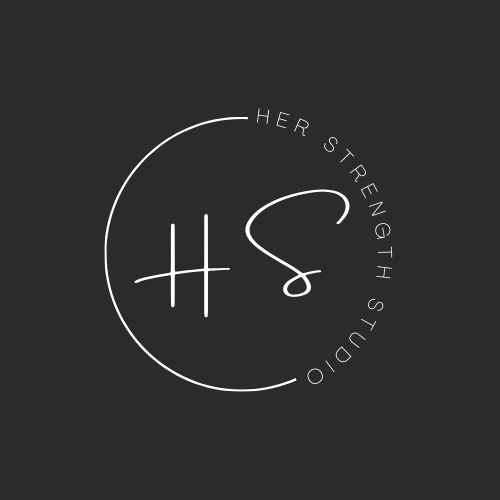Motherhood doesn’t start when you hold your baby for the first time—it begins long before that, while your baby is growing inside you. I vividly remember my first pregnancy. Compared to some mums, I was fortunate not to experience severe symptoms, but labour was an entirely different story.
My firstborn was posterior, (baby is facing the wrong way) making labour excruciatingly slow and painful. After hours of pushing, I needed an episiotomy—a procedure that left me both physically and emotionally drained. The recovery felt like an eternity. It wasn’t until I had two more children, close in age, that I truly understood the importance of having a strong pelvic floor.
After giving birth, my pelvic floor was so weak that sneezing or coughing hard would cause me to pee. Add to that deep abdominal separation, which left me struggling to do basic tasks like getting out of bed. These experiences opened my eyes to how essential pelvic floor health is—not just for women planning to conceive but for anyone who wants to live a functional and healthy life.
The pelvic floor is a group of muscles and connective tissues that form a hammock-like structure at the base of your pelvis. It supports critical organs like the bladder, uterus, and bowel.
With a vaginal delivery, these muscles are stretched to their limits as the baby passes through the birth canal. In cases like mine, where labour was prolonged or interventions like an episiotomy were required, the pelvic floor can sustain even greater trauma.
With my second and third children, I also experienced significant tearing—a third-degree tear with my second child and a second-degree tear with my third. These injuries added another layer of recovery challenges, requiring both physical and emotional resilience.
Tears, cuts, or overstretching can lead to immediate postpartum challenges, such as difficulty controlling urination or bowel movements, pelvic organ prolapse (where organs like the bladder or uterus descend), and general discomfort in the pelvic region.
After childbirth, the pelvic floor often feels like it’s been through a battle—and it has. The muscles and connective tissues need time to heal, but many women experience long-term issues if they don’t actively focus on recovery. In my case, the demands of carrying three children close in age compounded my challenges. I dealt with severe incontinence, and the abdominal separation made even the simplest movements, like getting out of bed, feel impossible.
While pelvic floor health is critical for women wanting to conceive, it’s just as important for maintaining a functional, active life.
A strong pelvic floor:
-Prevents incontinence, so you can move, laugh, sneeze, and exercise without fear.
-Provides core stability, reducing the risk of back pain and improving overall posture.
-Supports pelvic organs, minimizing the risk of prolapse.
The good news is that the pelvic floor is trainable. Postpartum recovery starts with gentle exercises like diaphragmatic breathing and Kegels, progressing to more advanced core and pelvic floor strengthening routines. Programs tailored to postpartum women can help restore function and confidence.
As women, we often focus on caring for others, but our bodies—especially the pelvic floor—deserve the same level of attention and care. Strengthening your pelvic floor isn’t just about recovery; it’s about reclaiming your quality of life.
Stay tuned for my next article on motherhood as I delve deep into navigating motherhood with 3 boys 15 months apart.

